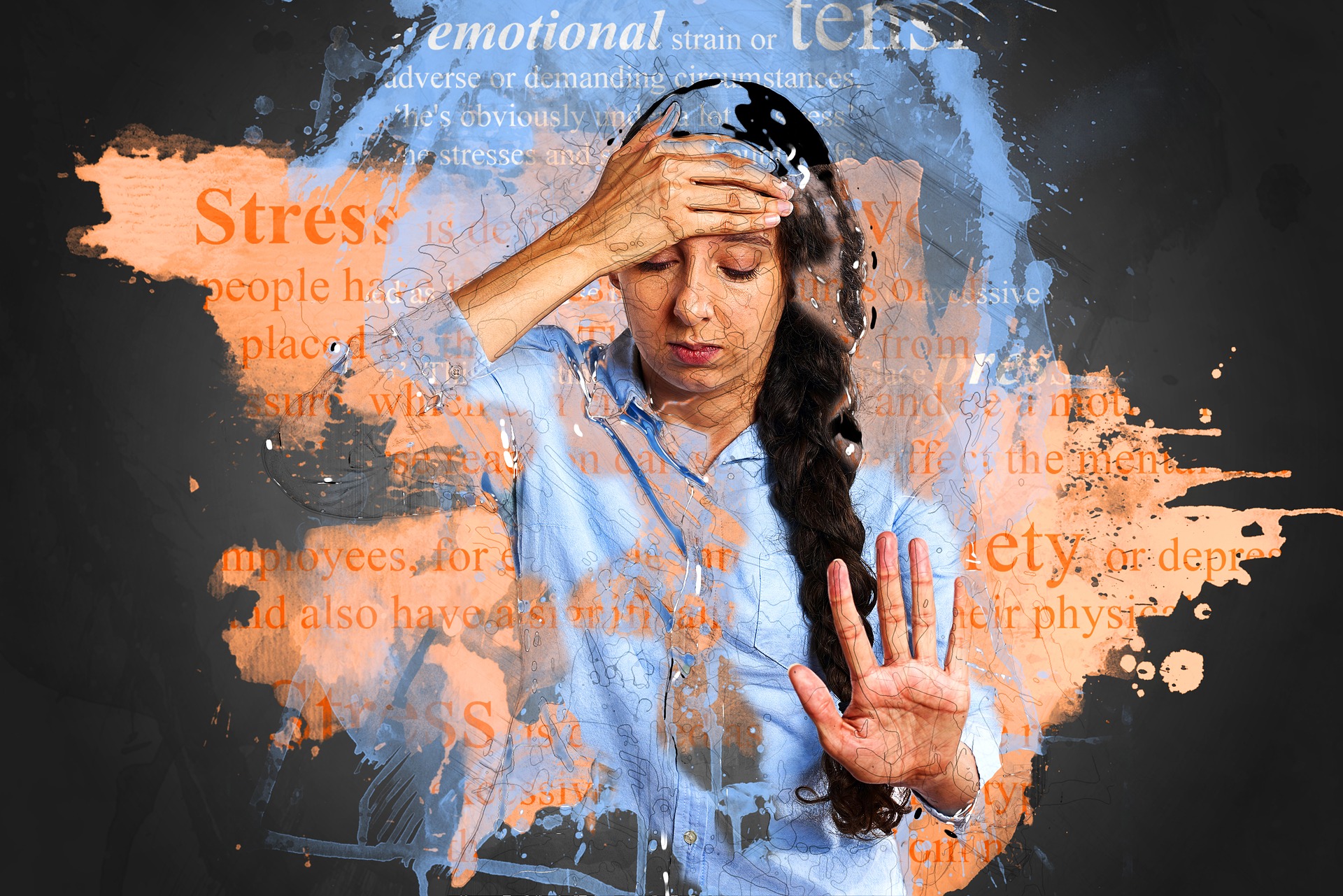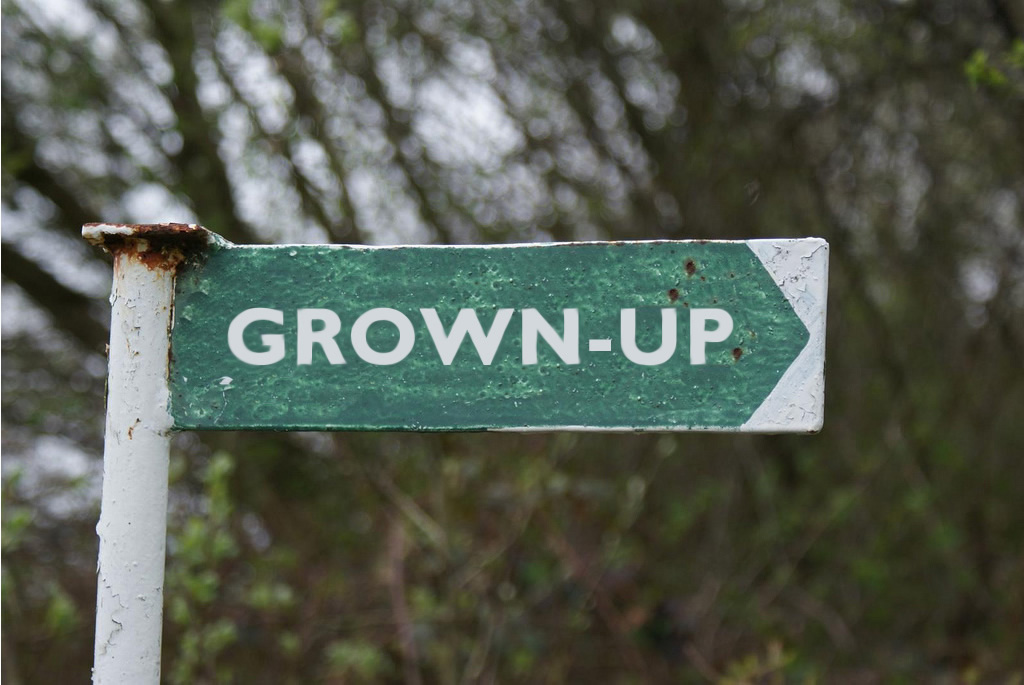Our stress response has been honed to keep us alive for 100’s of thousands of years. But when there are ongoing, long-term stressors, this system doesn’t always serve us well.
During this uncertain time, a lot of us are facing unprecedented levels of stress as we try to anticipate needs, plan for continuous change, and likely feel less secure about our futures. It’s easy to allow our stress to take over and control our lives making the cycle of anxiety that much worse.
To break away from the elevating stress it’s important to try to find some level of new routine. I like to work my stress-busting activities into my daily routine. For example, I start each day with a 10 minute meditation. Personally, I use the mobile application, CALM, but there are a number of alternatives (HeadSpace, 10% Happier, etc.).
Meditation has been linked to lower cortisol levels across a number of scientific studies. Most people shy away from meditation because they think it’s woo-woo or because they think they can’t do it. If you’re anything like me, you close your eyes and then…..you hear the voices:
Don’t forget to…
You need to be doing this other thing…
Random thought, random thought, random thought…
If you can’t completely clear your mind that’s GREAT! You’re totally normal. When we listen to these distracting voices, we have the opportunity to control them. To say, “Hey…I don’t need you right now!” Likely, they will keep coming back, but the more we practice listening to our inner voice, the more power we have to control it, and tell a different story. Perhaps one that’s more calm and positive.
After my meditation I take a 60 minute walk. Moderate exercise has also been shown to decrease cortisol and stress. During my walk I work to stay present. Noticing the birds singing, the way the path feels under my feet. The colors. The temperature. It keeps my inner voice focused on the beauty around me, rather than things that are out of my control.
When I’m home and ready to tackle my day I’m finding it really easy to slip into the ongoing news cycle. I do think it’s important to be staying up to date on the news, but I think it’s equally important to take breaks. I turn in for 10 mins of headlines 3 times a day, either on my TV/phone/or computer.
Of course, as long as I’m on my computer I find it’s difficult not to sink into the hole of social media. Staying connected in these times is going to be important, but be careful not to let yourself slide into hours of scrolling through social media content. This has been shown to increase anxiety and blood pressure. We also tend to eat mindlessly when we are in front of screens, and emotional eating can be problematic for a lot of us during stressful moments.
Take a pause.
Break from the pattern.
Even if it means getting up and walking around the house for 5 minutes, or doing some push ups or situps or dancing. Don’t be afraid to get silly. Laughter really is the best medicine and can significantly help lower stress. Stop judging yourself and have a little fun!
If you find yourself constantly distracted with concerns, put a ½ hour in your calendar to worry. Literally schedule that time. You can spend the entire 30 minutes in a state of worry, but that means that when your anxiety crops up anytime outside of those 30 minutes, you’ll be able to say, “Not now…I have time scheduled for thoughts like that,” and get back to the task at hand.
Before you go to bed, turn off all devices at least an hour before you lay down. Now is a great time to work on self-development and growth. Tackle some of those books you’ve been meaning to get to! Not having the glow of screens before bed will allow you to sleep better and sleep is KEY to staying healthy in mind and body.
Keeping your stress in check will help keep your immune system at its best. So get silly, laugh, breathe, stay present, and know we will all get through this. Stay fearless my friends.
[/fusion_text][/fusion_builder_column][/fusion_builder_row][/fusion_builder_container]





 See your own reflection?
See your own reflection? I know it’s not quite a hand in ice water but it’s close enough…and funny.
I know it’s not quite a hand in ice water but it’s close enough…and funny. I’m uncomfortable for myself—but also for you, my friends!
I’m uncomfortable for myself—but also for you, my friends! Just imagine the level of social empathy developing in this scene.
Just imagine the level of social empathy developing in this scene.